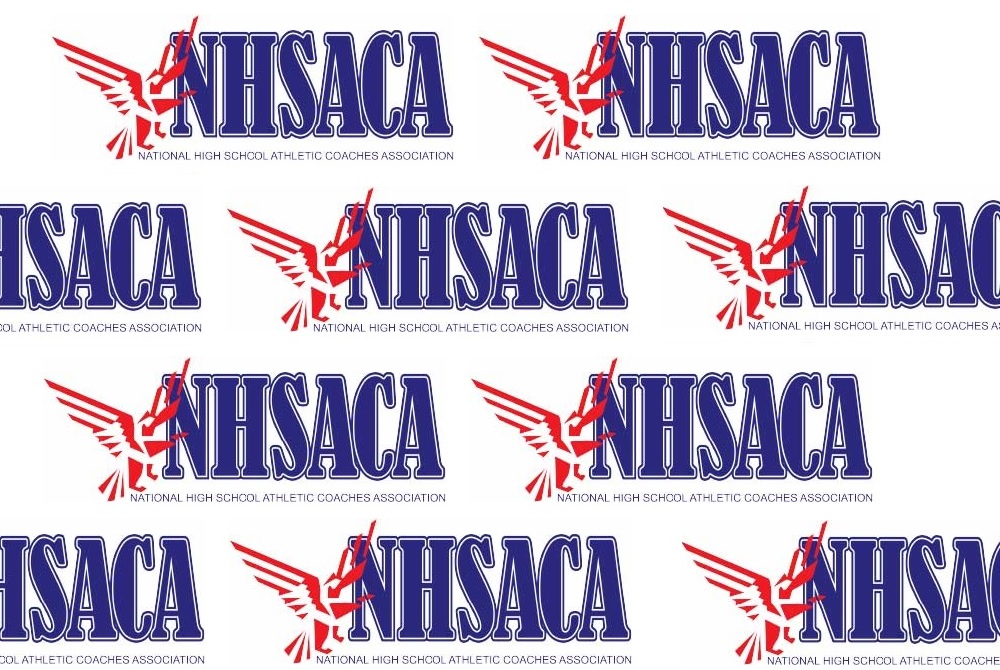
Program Priorities
January 10, 2014
Many school districts face more requests from their constituents for sports programs than they have the resources to accommodate, so they are forced to make very difficult decisions. For three decades, when I’ve been consulted, I have offered and stood by this advice.
First, I advance the premise that if the activity is educational, there is just as much potential for the education to occur at the junior high/middle school and subvarsity levels as at the varsity level. Just as we would not discriminate against one race or gender, we should not disadvantage one age or ability level. In fact, with a little less pressure to win, it is likely to see more education at subvarsity levels and more reason to sponsor them.
Second, I advocate the position that schools should avoid sponsorship of any activity for which a qualified head coach cannot be secured. Qualified personnel are, in order of priority:
-
a teacher within the building who has current CPR certification and completed CAP.
-
a teacher within the district who has current CPR certification and completed CAP.
-
a teacher in another district who has current CPR certification and completed CAP.
-
a certified teacher from the community who has current CPR certification and completed CAP.
-
a non-certified person who has current CPR certification and completed CAP.
I urge schools not to descend lower than this for program leadership. Coaches are the delivery system of the education in educational athletics; they are the critical link in the educational process. More problems occur than are worth the effort if the program is in the hands of an unqualified coach.
Next, I urge that schools rank sports on the basis of cost per participant, and give higher priority to sports that spread funds over the greatest number of participants.
Next, I urge that schools place lowest in priority the sports that cannot be operated on school facilities and create transportation, supervision and liability issues, and give higher priority to those conducted at or very near the school.
Next, I urge that schools place lowest in priority the sports which are most readily available in the community, without school involvement. If resources are precious, then duplicating school programs should be a low priority; doing what the community can’t do or doesn’t do should be given a much higher priority.
While I’m a fan of school sports, I recognize that an athletic program has as much potential to do harm as to do good. Programs without qualified coaches that are conducted for small numbers of students at remote venues and without comprehensive school oversight and support may create more problems for schools than the good they do for students.
Bare bones budgeting will require brutally honest assessments based on priorities like these.

3 Receive National Honors from NHSACA, Coaching Pair Named to Hall of Fame
By
Geoff Kimmerly
MHSAA.com senior editor
July 11, 2024
One of the longest-serving members of the MHSAA Representative Council and two longtime Michigan high school coaches have received highest honors this summer from the National High School Athletic Coaches Association.
Brighton athletic director John Thompson was named Athletic Director of the Year during the NHSACA’s annual conference June 26 in Bismarck, N.D. He has supervised the Bulldogs’ highly-accomplished athletic program for two decades and served on the Representative Council the last 14 years, including currently as vice president.
Thompson also this year received the Thomas Rashid Athletic Director of the Year Award from the Michigan Interscholastic Athletic Administrators Association (MIAAA). Brighton was selected as an MIAAA exemplary athletic program in 2015 and as an ESPN unified champion school in 2018, the latter recognizing its statewide leadership in cultivating unified sport opportunities.
Additionally, Farmington Hills Mercy girls golf coach Vicky Kowalski and Livonia Stevenson girls swimming & diving coach Greg Phil were named NHSACA National Coach of the Year in their respective sports.
Kowalski completed her 46th season coaching Mercy last fall by leading the program to its second-straight Lower Peninsula Division 2 championship and fourth MHSAA Finals title overall. She also in January was named the 2022-23 National Coach of the Year in her sport by the National Federation of State High School Associations (NFHS) Coaches Association. She was inducted into the Michigan High School Coaches Association (MHSCA) Hall of Fame this year for both golf and bowling.
Phil has coached girls swimming & diving since 1976, including at Stevenson since 1985. After winning the Kensington Lakes Activities Association East title, the most recent of several league championships under his leadership, Stevenson finished 16th at last season’s Lower Peninsula Division 1 Finals and previously had placed Finals runner-up twice. Phil was named to the MHSCA Hall of Fame in 2012.
All three honorees were nominated for the national recognition by the MHSCA. Beal City baseball coach Brad Antcliff, now-retired Leland volleyball coach Laurie Glass, Ann Arbor Greenhills boys tennis coach Eric Gajar and Lowell wrestling coach R.J. Boudro also were National Coach of the Year finalists.
Additionally, longtime softball coaches Kay Johnson of Morenci and Kris Hubbard from Ottawa Lake Whiteford were inducted into the NHSACA Hall of Fame. Johnson went over 1,000 career wins this spring and has led her program since 1993, including to Class C championships in 1985 and 1986. Hubbard retired after the 2019 season with an 865-380-3 record since taking over in 1974, with Class D titles in 1984, 1985 and 1987.

